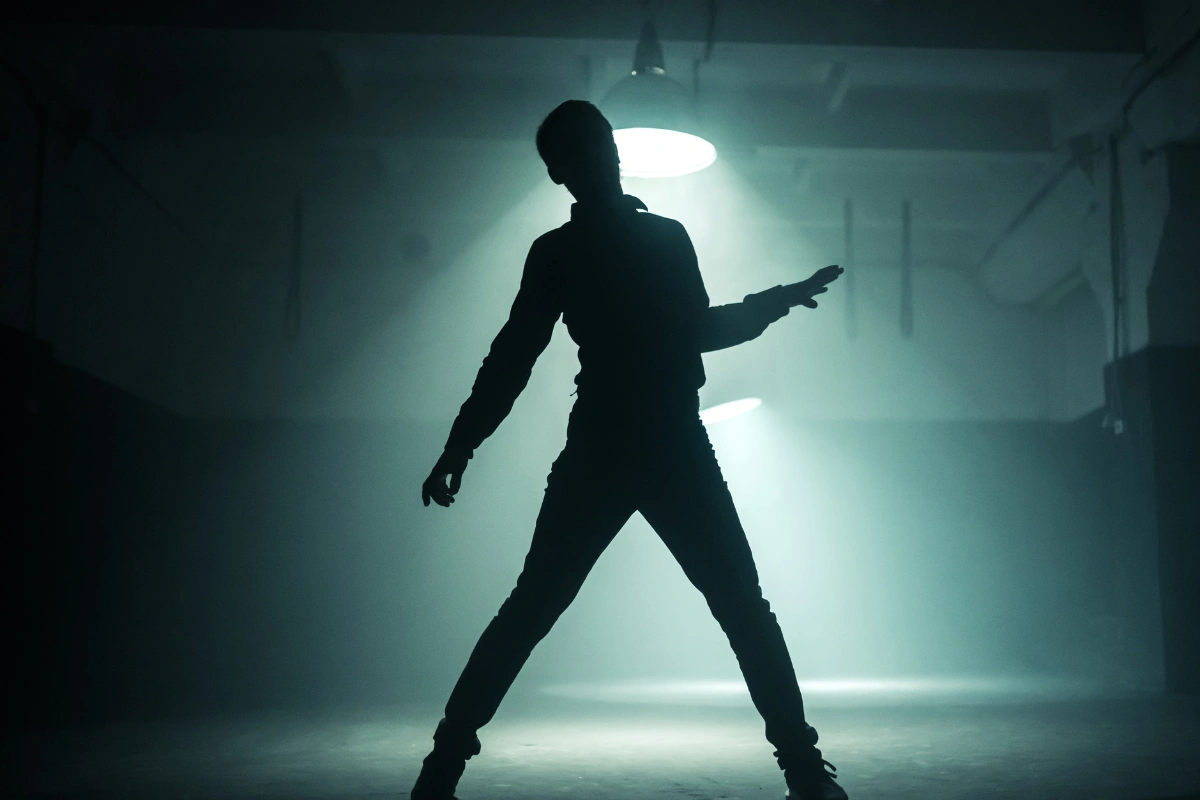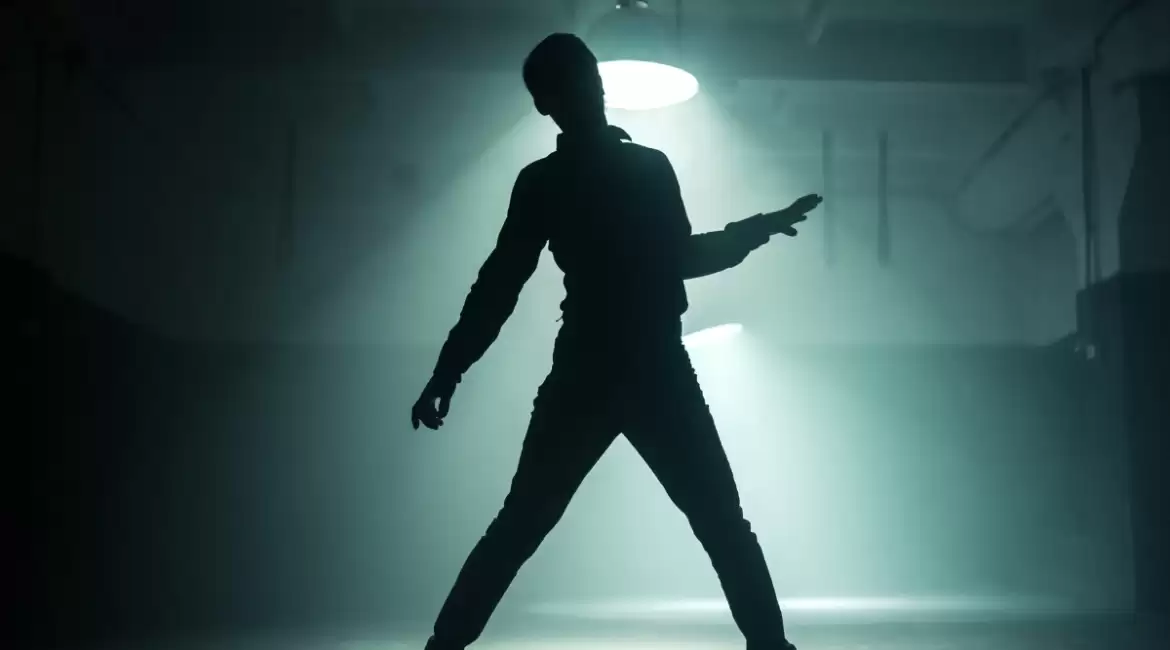Welcome to the world of popping, where dance meets artistry and self-expression transcends boundaries. Whether you’re a seasoned dancer or just beginning your journey into the captivating realm of popping, mastering its intricate techniques requires dedication, precision, and a commitment to continual improvement. In this guide, we present seven essential popping exercises meticulously crafted to help you hone your skills, refine your movements, and unleash your creativity on the dance floor. From mastering the art of hitting to perfecting the fluidity of waving and the precision of tutting, each exercise offers a unique opportunity to delve deeper into the rich tapestry of popping styles. So, grab your dancing shoes, clear some space, and let’s embark on a journey of exploration and self-discovery through these seven popping exercises designed to elevate your dance repertoire to new heights.
Hitting
To master the art of popping, begin with a fundamental exercise: hitting. Relax your body and swiftly contract your arm muscles to generate a sharp impact.
Start with the Fresno technique – an ideal entry point for popping novices. Extend each arm straight ahead, parallel to the ground. Engage your muscles with two rapid contractions on one side, then smoothly transition to the other arm. Left, left, right, right – synchronize your movements with precision.
For beginners, it’s beneficial to perform this popping exercise to a slow-paced soundtrack of Hip Hop or Funk. This tempo allows ample time to observe and internalize the nuances of your body’s movements. As you grow more accustomed to the hits, experiment with shifting your weight between your feet in alignment with the direction of your hitting arm. This refinement adds depth and fluidity to your popping technique.

Dime Stops
Dime stops, the epitome of control in popping, demand precision and finesse. Picture yourself freezing in motion, transitioning seamlessly from one pose to another without a hint of shake or reverberation. It’s akin to halting abruptly as if you’re “stopping on a dime.”
Begin by finding a comfortable stance, whether standing or sitting, and extend your arms in any desired pose. Next, initiate a pivot from left to right, but focus on achieving a complete cessation of movement without engaging any muscles. Heighten your awareness to avoid any inadvertent flexing or tensing. Then, alternate directions, smoothly pivoting from right to left and vice versa.
While seemingly straightforward, mastering dime stops requires a profound level of muscular control and concentration. As you delve deeper into this exercise, challenge yourself by experimenting with more intricate poses. Embrace the complexity and refine your ability to execute flawless dime stops, showcasing the pinnacle of precision and mastery in popping.
Ticking / Strobing
Delve into the intricate world of ticking and strobing, where movement transcends fluidity and embraces a robotic, glitch-like quality. Ticking involves dissecting your typical pathway of movement into smaller, abrupt intervals, resulting in a visually captivating display reminiscent of a glitchy video.
Begin by focusing on your hand movements, breaking down the journey from your leg to your chest into minuscule increments, just a few inches at a time. Embrace the staccato rhythm as you navigate through these segmented motions. Then, unleash your creativity by varying the trajectory of your hand, ticking with precision and purpose no matter where your movement takes you.
As you immerse yourself in this popping exercise, explore different angles, speeds, and levels of intensity to fully master the art of ticking and strobing. Embody the essence of robotic precision and dynamic animation, captivating your audience with every glitch-like flourish.

Waving
Embark on a journey through the fluid motions of waving, a mesmerizing dance that mimics the undulating beauty of ocean waves. Dive into this popping exercise by meticulously deconstructing each component of the wave, honing your ability to seamlessly merge precision with fluidity.
Begin with your arm resting comfortably on your leg, poised for action. Initiate the wave by lifting your wrist, followed by a gradual elevation of your elbow and then your shoulder, as if executing a subtle shrug. Focus on the sensation of “pulling” each fixed point along this trajectory, ingraining the movement pattern into your muscle memory through repetition.
As you delve deeper into this exercise, cultivate a keen sense of detachment within your arm, allowing each segment to move independently yet harmoniously. By refining the coordination and control of these individual points, you pave the way for a polished and precise wave when all elements converge.
Embrace the iterative nature of this practice, committing to mastering each phase of the wave until it seamlessly flows from one position to the next. Through dedication and persistence, you’ll unlock the true essence of waving, captivating audiences with its graceful fluidity and impeccable execution.
Tutting
Step into the world of tutting, a captivating popping exercise that enthralls those who revel in crafting geometric masterpieces and optical illusions. Yet, to truly captivate an audience with your tutting prowess, you must hone your body awareness and precision to perfection.
Begin by extending your arms and experimenting with the interplay of your hands and elbows, manipulating them precisely by 90-degree increments to create a myriad of intricate shapes and illusions. Visualize your arms as Tetris pieces, each movement contributing to the formation of a captivating visual narrative.
As you delve deeper into the art of tutting, refine your angles with meticulous attention to detail. Utilize a mirror to study the geometric precision of your movements, ensuring that each angle is crisply squared for maximum visual impact. Additionally, pay careful attention to the alignment of your fingers, ensuring they touch together seamlessly and remain straight, akin to resting on a flat surface – eschewing any semblance of “duck hands.”
Embrace the iterative process of exploration and refinement, allowing your creativity to flourish as you uncover new dimensions within the realm of tutting. With dedication and practice, you’ll unlock the true potential of this mesmerizing art form, captivating audiences with your ability to weave intricate geometries and illusions with unparalleled precision and grace.
Gliding
Embark on a journey into the realm of gliding, a mesmerizing technique that conjures the illusion of your feet effortlessly traversing across a surface with ethereal grace. While the variations of gliding are manifold, it’s paramount to first establish a foundation of comfort in moving seamlessly across a single plane.
Begin your exploration by mastering the basic lateral glide, a fundamental movement that forms the cornerstone of gliding prowess. Shift your weight onto one foot, firmly planting its heel onto the ground, while simultaneously sliding the other foot outwards with a fluid motion. As the weight transfers onto the extended foot, gracefully draw the first foot back in using its toe, completing the glide. Repeat this sequence with the opposite foot to achieve balance and fluidity in your movements.
Embrace the subtleties of weight distribution and fluidity of motion as you immerse yourself in the art of gliding. Experiment with variations in speed, direction, and intensity, allowing your movements to flow effortlessly like a gentle breeze. With dedication and practice, you’ll unlock the true magic of gliding, captivating audiences with the illusion of weightless motion and unparalleled grace.

Isolation / Fixed Point
Delve into the intricacies of isolation and fixed points, two essential techniques in the art of popping that epitomize precision and control. Isolation involves the ability to move a specific part of your body in isolation, without affecting any other adjacent areas. Conversely, a fixed point refers to anchoring one part of your body in place while allowing the rest to move freely around it.
Begin by extending your arm outward, envisioning your hand pressed firmly against an imaginary wall. With unwavering focus, shift your body from left to right, ensuring that your hand remains stationary as the rest of your body moves dynamically around it. This point of contact with the imaginary wall serves as your fixed point, anchoring your movement and providing a reference for precision.
As you hone your mastery of isolation and fixed points, expand your repertoire by experimenting with different body parts. Whether it’s a single finger, your head, or any other appendage, challenge yourself to maintain pinpoint precision and control while allowing other parts of your body to move fluidly.
Embrace the iterative process of refinement and exploration, delving deeper into the nuances of isolation and fixed points with each repetition. Through dedication and practice, you’ll unlock the true potential of these foundational popping techniques, infusing your performances with a mesmerizing blend of precision, control, and artistic expression.
Summary
This guide introduces seven essential popping exercises designed to help dancers of all levels improve their skills and master the art of popping. From the precision of isolation to the fluidity of waving and the intricacies of tutting, each exercise offers a unique opportunity to refine techniques, enhance body awareness, and unleash creativity on the dance floor. Whether you’re a beginner looking to build a strong foundation or a seasoned dancer seeking to elevate your performance, these exercises provide a comprehensive toolkit for advancing your popping abilities. So, dive in, practice diligently, and watch as your popping prowess evolves, opening new avenues for self-expression and artistic exploration.


Leave a reply